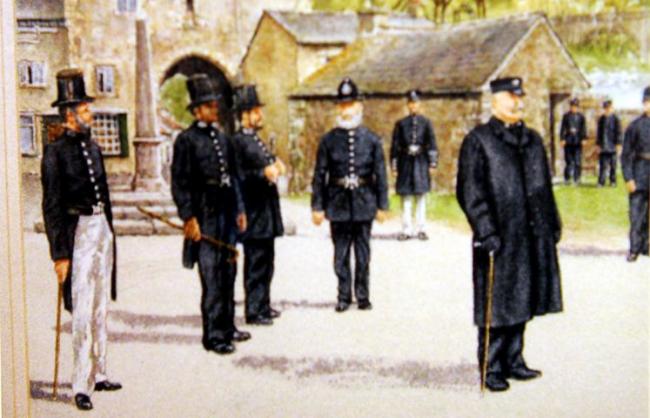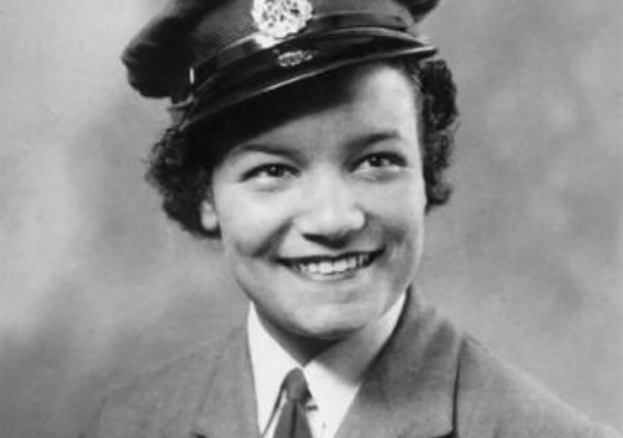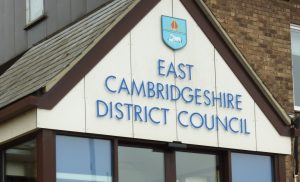A positive and productive meeting of the County Council’s Environment & Sustainability Committee this morning, with Cllr Graham Wilson, Anna Bradnam, and myself in attendance from the Lib Dem team.
Graham asked for reference to be made in the minutes of the Fens Flooding Tactical Plan debate from the previous meeting, to the activities of other agencies, not just the IDBs, in maintaining flood defences.
I asked for a timeline for the completion and submission of the County Council’s revised response to the Northstowe Phase 3 planning applications. Officers to circulate a timeline, while the County Council continues to maintain its holding objection to the proposals.
We received an excellent report on carbon valuation, with the council setting out on a journey to price up the carbon impact of the business cases it receives for new project. No real money will be charged at this stage, but it’s an important first step in ensuring that we take decarbonising seriously.
The first grim reports on the council’s financial position have begun to be presented to committees as a precursor to setting the coming year’s budget. Anna and Graham sought assurances, which were given, about local councillors being engaged in discussions if any proposals were to be made which would affect recycling centres in their areas. We agreed to note and comment on this initial report, being clear that this does not mean our endorsement of any and all proposals being brought forward by the ruling Conservative group.
An initial report on the council’s capital programme was also approved on the same basis.
Council officers were complimented on their hard work on a draft revised heat agreement for the council’s proposed Swaffham Prior heating scheme, which will be presented to residents for review on Wednesday 21 October. A number of changes are being proposed including a review of the tariffs and the withdrawal of a proposed cancellation charge.
We discussed the council’s draft response to the Government’s controversial Planning For The Future White Paper. Anna and Graham commented on the importance of water sufficiency, if large developments in Cambridgeshire are to be rushed through in the driest area in the country. The White Paper starts by blaming councils for the slow rate of housebuilding – quite wrongly, as there are a million homes nationwide which have been given permission but remain unbuilt, as developers bank land and slow the release of new housing to keep prices high.
Finally Anna raised an important issue about bio-security in the council’s approach to its tree and woodland strategy.
Not for the first time, most Conservative councillors remained almost totally silent for the whole of the meeting, leaving opposition councillors to lead the debate.









